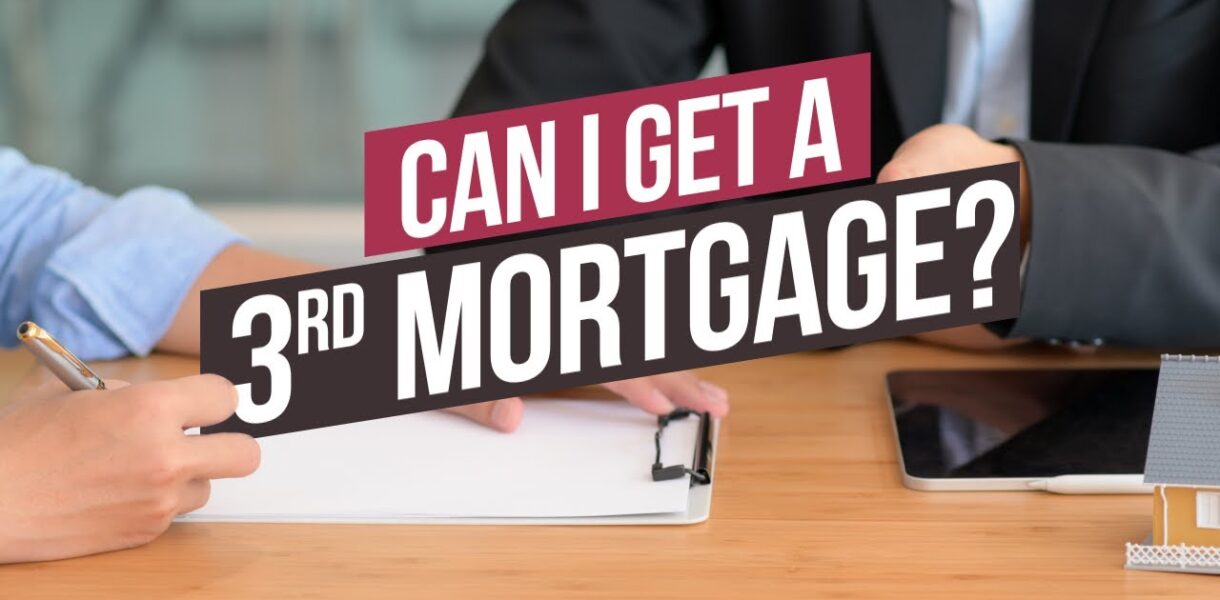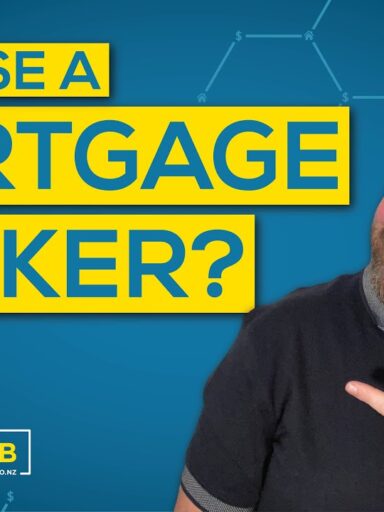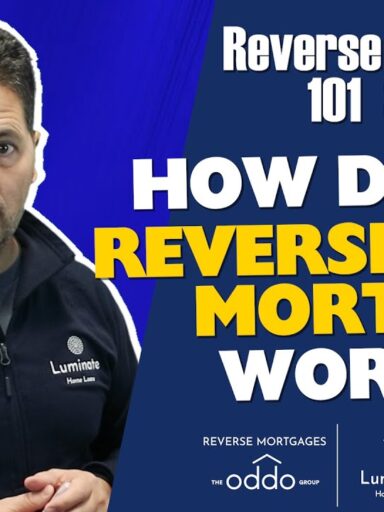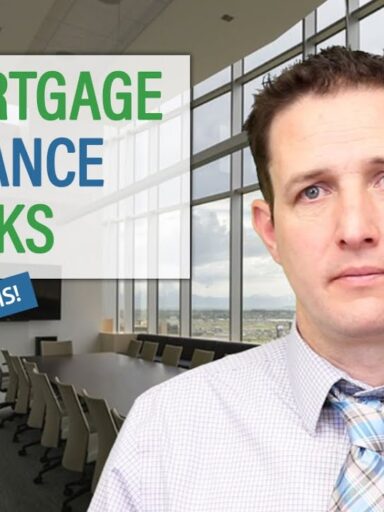Whether you are a first-time homebuyer or a seasoned real estate investor, there are some important steps that you must take in order to obtain a mortgage. First, you must decide whether a fixed-rate loan or an adjustable-rate mortgage is the right one for you. A fixed-rate mortgage offers predictability – your interest rate and monthly payment will remain the same. An adjustable-rate mortgage, on the other hand, can change and your payment may increase over time. Once you have decided on which type, you should evaluate the costs of homes in your area and your financial goals. Your housing expenses should not exceed 30% of your income. If you are unsure, you may decide to borrow a lesser amount to meet your housing needs.
Pre-qualification
If you’re interested in buying a home, pre-qualification for a mortgage is a good idea. This process can be completed online, over the phone, or in a physical office. All it requires is some verbal information about your assets and debts. Your credit score is not involved in this process, but a soft inquiry might be necessary. You can get your pre-qualification for a mortgage as early as now.
The process of pre-qualifying for a mortgage can feel overwhelming, but it can help you organize your finances and plan for purchasing a home. Although the process can be stressful, it gets you one step closer to your dream home. When you show your Mortgage Loan Originator your pre-qualification numbers, they will be able to tell you whether you qualify for a loan. In addition to being a great tool for organizing your budget, pre-qualification can also impress home sellers.
Aside from easing the stress associated with the process, pre-qualification can help you navigate the home-buying process. For starters, it can be helpful to improve your credit and finances. Remove errors and fraudulent charges from your credit reports. Also, you should pay your bills on time. Automated payments are an easy way to make payments on time. Getting pre-qualification is an essential part of buying a home.
There are two types of mortgage pre-qualification: the first is pre-approval, and the second is pre-qualification. In both cases, the goal is to get the most money possible. The lender can then give you a loan amount that you can afford. Unlike a pre-qualification, a mortgage pre-approval is not a guarantee. Although pre-qualification is an important step in buying a home, it doesn’t guarantee you’ll get the mortgage or get the interest rate listed. Pre-qualification and pre-approval have expiration dates of 60 to 90 days. Your financial status can change in the meantime.
The most common mistake is misinterpreting the pre-qualification letter. It can be confusing and misleading. It isn’t a guarantee that you’ll be approved for a mortgage, but it can help you narrow down your search. You can also get pre-qualified for a mortgage by asking your lender for a letter or certificate. The lender’s opinion is based on information you provide. It might also check your credit report.
Pre-approval
You can apply for a mortgage online. Make sure to submit copies of your personal financial documents, such as W-2s and pay stubs. Your lender will ask to see these documents as well as any additional income. The lender may also contact your employer to verify employment or ask for a direct supervisor’s signature. They will also run your credit. A high debt-to-income ratio could prevent you from receiving a mortgage.
To get pre-approval for a mortgage, you need to have a good credit score. A higher credit score will allow you to qualify for a better mortgage rate. If you have a low credit score, you may want to consider applying for a government-backed loan. These loans are more accessible to people with bad credit. You should also review your credit report for errors, and make them if you can.
Your letter should include enough information to help real estate agents and sellers assess your financial situation. This way, you can set a realistic budget for homeownership. To get a pre-approval letter, you should complete a loan application. You’ll most likely need several pieces of documentation to verify your income and assets. The mortgage lender will also check your credit and determine how much you can borrow. Obtaining pre-approval will give you a head start in the market.
Once you have pre-approved, you can begin searching for a new home. A pre-approval letter is an indication from the lender that you can qualify for a certain amount. Your letter will also specify the maximum loan amount. This is especially helpful for first-time home buyers. However, it’s important to note that getting pre-approved for a mortgage takes time and requires detailed financial documentation.
Once you’ve applied, the lender will evaluate your loan application and determine the maximum loan amount for your financial situation. Your lender will give you a letter outlining the maximum loan amount and mortgage rate. Be sure to shop around to find the best loan offer. While the letter is not a 100% guarantee of borrowing, it does ensure that you’ll receive a mortgage loan that matches the terms you’ve agreed upon.
Closing disclosure
If you are about to get a mortgage, make sure you read the closing disclosure. This document contains the details of the loan terms, including monthly and yearly payments, contact information for the lender, and the terms and conditions of any prepaid items, if any. The closing disclosure should also have the borrower’s signature. It’s critical to review this document before committing to a loan, and it can be found online or in a mailer.
Among the important details in this document are the down payment, the interest rate, and the total loan cost. The lender will also highlight any differences in these costs, including those that result from a negotiated price or buyer deposit or seller credit. This disclosure will also let you know if your loan is assumable, which is important because it could affect your monthly payment. Aside from this, it’ll also let you know if there are any other fees that are billed separately, including the escrow account and monthly insurance.
Aside from the down payment, the closing disclosure should contain estimated total monthly payments for the loan. This includes interest rates and principal payments, as well as mortgage insurance, property taxes, and any other costs related to the loan. The projected payment amounts include all other costs associated with closing, such as taxes, escrow fees, and mortgage insurance. The total amount due should match the total amount listed in the loan estimate.
The waiting period for the closing disclosure is designed to give homebuyers enough time to review it. This way, they can find any issues and clarify any questions they may have. The waiting period is important in preventing costly mistakes in the loan terms. It also provides a chance to compare the actual mortgage terms to the Loan Estimate. Taking the time to read the disclosures can save you thousands of dollars. If you make a mistake during the closing, the mortgage terms may be changed or incorrect.
Obtaining a Closing Disclosure is essential for any mortgage. It is a five-page document that outlines the details of the mortgage loan. The lender must provide the Closing Disclosure to you three days before the closing date. It is an important document for homebuyers, because mistakes on the form can cost thousands of dollars. However, borrowers should always compare it to the loan estimate before signing the mortgage documents.
Documentation required
One of the most common questions that many people have when it comes to getting a mortgage is, what documents do I need to provide? The answer is a lot, and depending on your lender, it may vary from one person to another. While this list does include a large number of different documents, it is far from exhaustive. By taking a proactive approach with your lender, you can streamline the mortgage approval process while minimizing the stress that comes with document gathering.
The first piece of documentation you’ll need is a copy of your credit report. Lenders will pull your credit report for review, and you must give them permission to do so. Your credit report can reveal red flags, such as significant debt or a previous bankruptcy. Your credit report is also a major part of the calculation for your mortgage rate and loan amount. In addition to your credit report, lenders also request a letter from your employer explaining your financial situation, job stability, and affordability.
When it comes to preparing for your mortgage application, make sure to have all the documents you need prepared. Lenders may ask you about unusual purchases you’ve made or your income is unclear. Be sure to get all your documents translated before your meeting with your mortgage broker. This way, you won’t be caught off guard by unexpected questions. Make sure to gather all of your documentation well ahead of time to avoid delays.
Depending on the type of mortgage you’re applying for, your lender may require more information than this. For instance, if you’re self-employed, you’ll need to submit your most recent two payroll stubs if you’re an employee. If your income has changed over the past couple of years, this can be a key piece of documentation. You’ll also need to provide documents proving any other sources of income that you may have.



